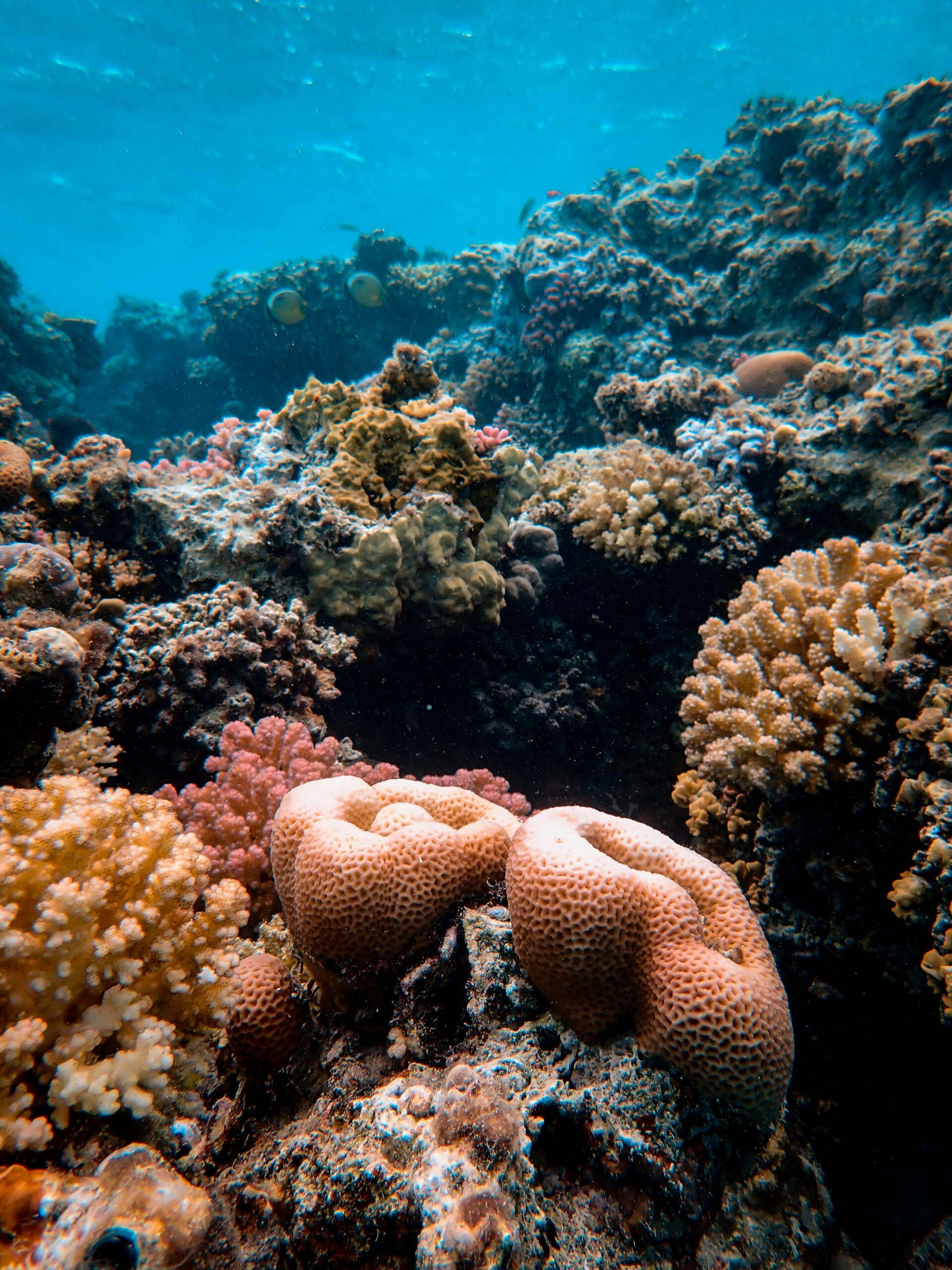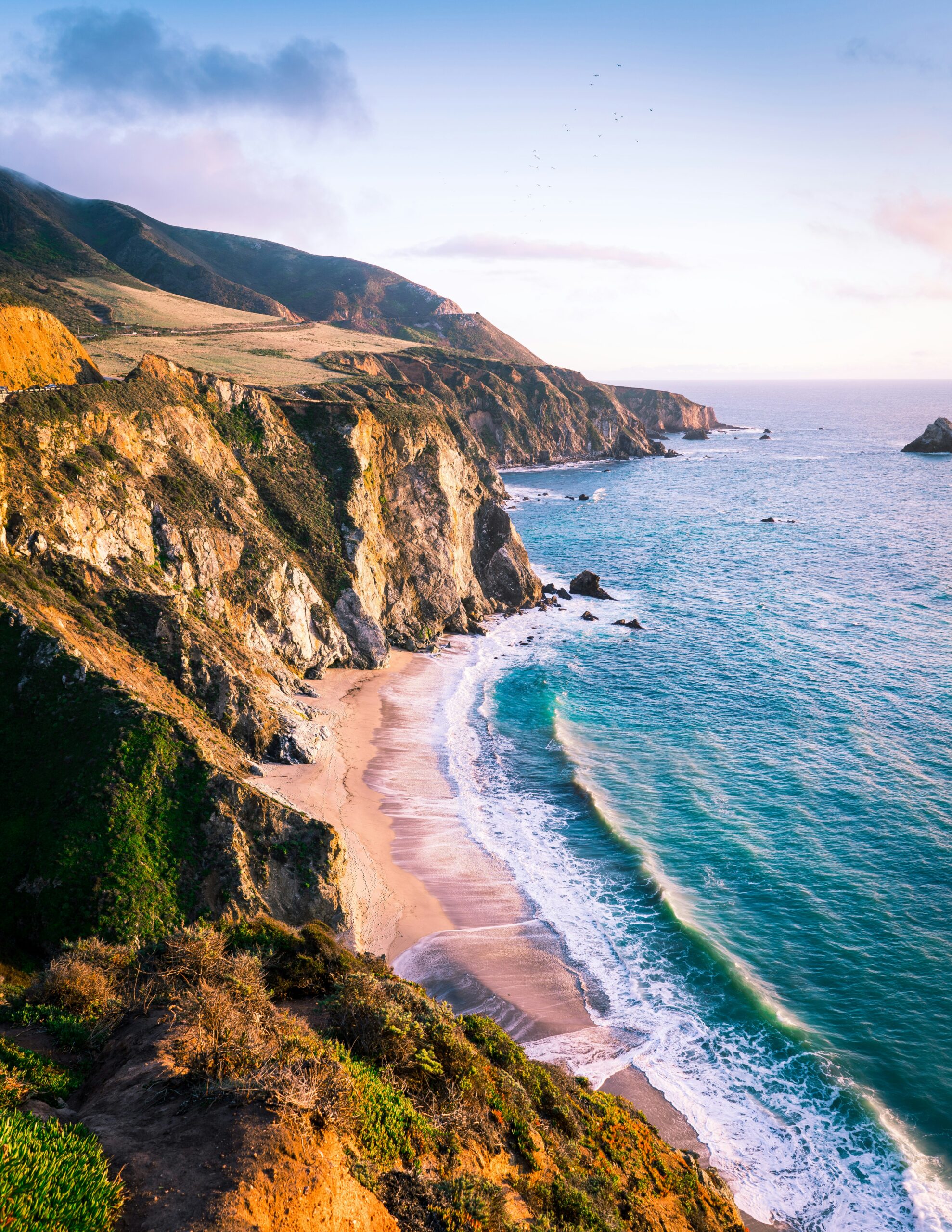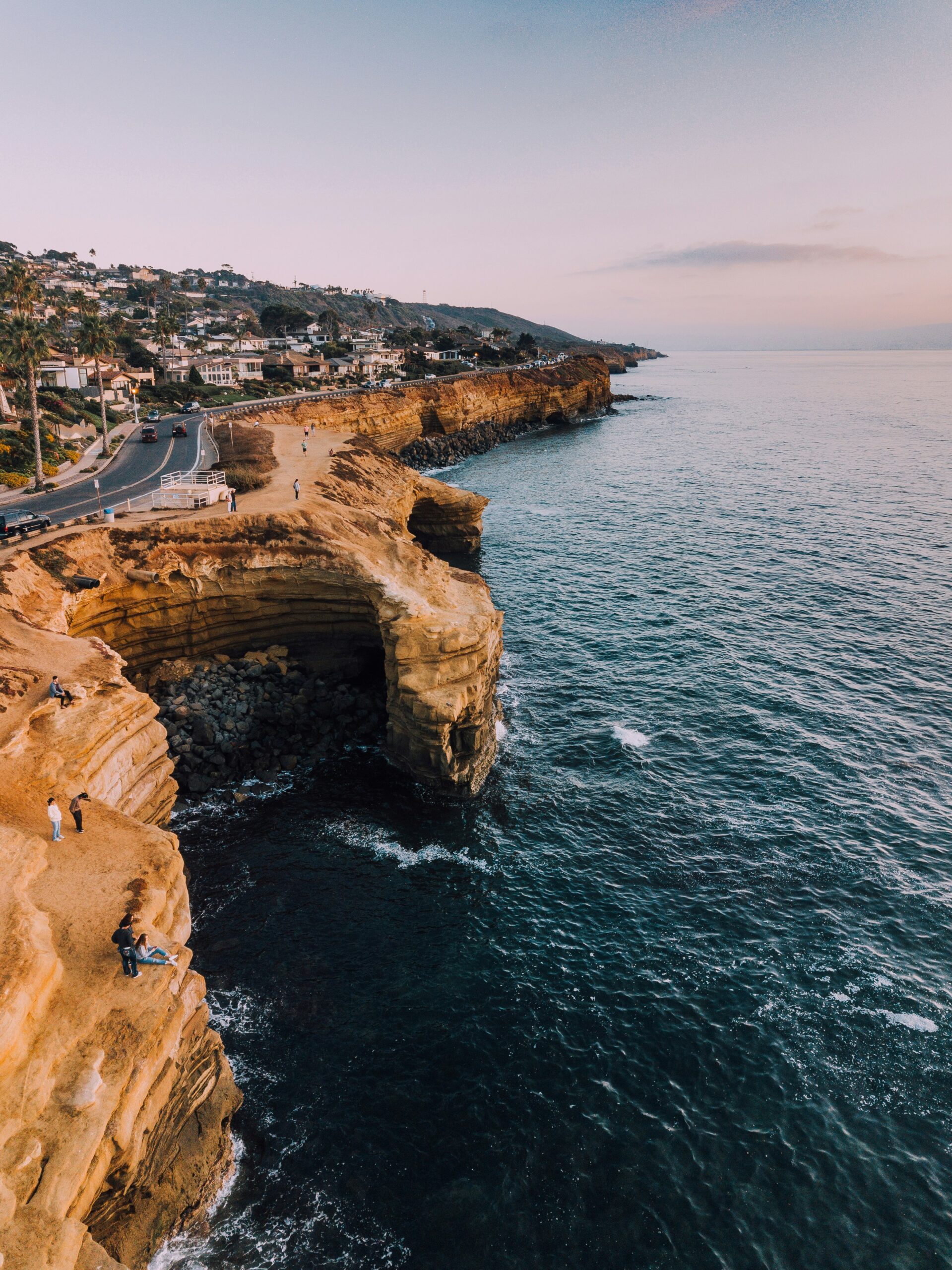Coral Reefs in California: Surprising Underwater Treasures Along the Coast
When you think of coral reefs, you might picture tropical paradises like the Great Barrier Reef. But did you know that California has its own hidden underwater treasures? The Golden State is home to deep-sea coral reefs found hundreds to thousands of feet below the ocean's surface, often associated with underwater canyons and seamounts.
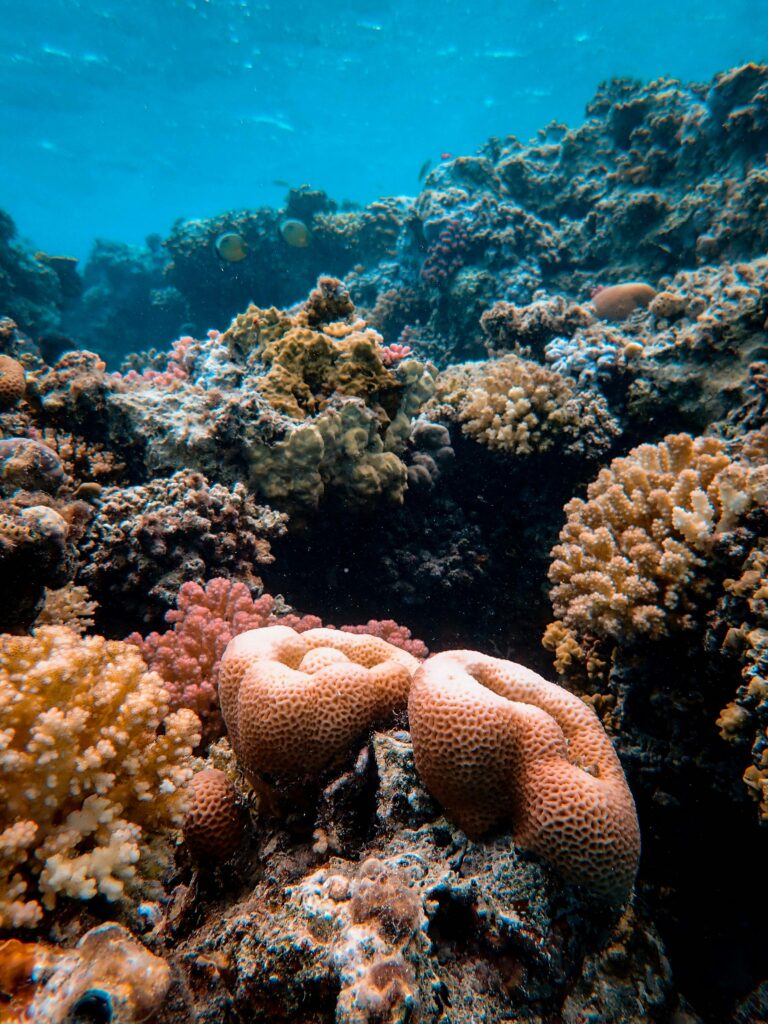
These California coral reefs may not be as colorful as their tropical counterparts, but they're just as important for marine biodiversity. You'll find a wide range of unique and rare species calling these reefs home. The cold, deep waters off the California coast create a perfect environment for these fascinating ecosystems to thrive.
Unfortunately, like many coral reefs around the world, California's deep-sea reefs face challenges. Ocean acidification is making it difficult for hard corals to grow and form reefs in these waters. But there's hope – researchers and conservationists are working hard to study and protect these valuable marine habitats. By learning about California's coral reefs, you can help raise awareness and support efforts to preserve these hidden wonders for future generations.
Coral Reefs in California: Surprising Underwater Treasures Along the Coast
History and Importance of California's Coral Reefs
California's coral reefs have a fascinating history and play a crucial role in the state's marine ecosystems. These underwater treasures provide economic benefits and support an impressive array of marine life.
Origins of Coral Reefs in California
Did you know that California's coral reefs have ancient roots? Deep sea coral reefs are found hundreds to thousands of feet below the ocean's surface. These reefs often form near underwater canyons and seamounts.
California's reefs have developed over thousands of years. They've adapted to the unique conditions of the Pacific Coast, including cooler waters compared to tropical reefs.
Many of these reefs are part of marine protected areas, helping to preserve their delicate ecosystems. These protected zones allow the reefs to thrive and support a wide variety of marine species.
Economic and Ecological Value
You might be surprised by the immense value California's coral reefs bring to the state. These underwater ecosystems support both the economy and local biodiversity.
Coral reefs attract tourists interested in diving and snorkeling, boosting local economies. They also provide essential habitats for many fish species, supporting California's fishing industry.
Ecologically, these reefs are powerhouses of biodiversity. They're home to countless species, from colorful fish to unique deep-sea creatures. This biodiversity helps maintain the balance of marine ecosystems along the California coast.
Coral reefs also protect coastlines by reducing wave energy, preventing erosion. Their complex structures provide shelter for many marine organisms, acting as nurseries for young fish.
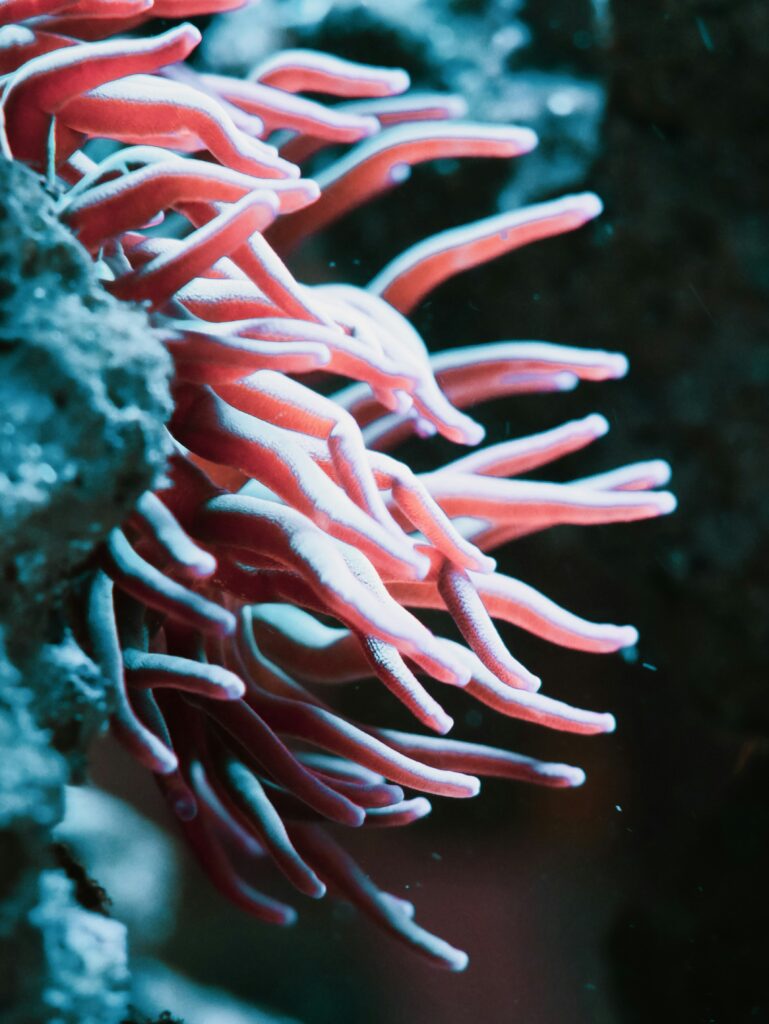
Geography and Distribution
California's coral reefs are found in two main areas. The Channel Islands host vibrant reef ecosystems, while the Baja California Peninsula features diverse coral formations. These reefs provide crucial habitats for many marine species.
The Channel Islands Reefs
The Channel Islands off California's coast are home to stunning coral reefs. You'll find these reefs thriving in the waters around Santa Barbara, Anacapa, and Catalina Islands. The area's unique currents and temperature conditions create an ideal environment for coral growth.
These reefs support a rich variety of marine life. You might spot colorful fish, sea stars, and even playful sea lions swimming among the corals. The Channel Islands reefs are a mix of soft and hard corals, creating intricate underwater landscapes.
Coral Reefs Along the Baja California Peninsula
As you travel south along the California coast, you'll encounter more coral reefs near the Baja California Peninsula. This region boasts diverse reef systems that stretch into Mexican waters.
The Baja reefs are known for their resilience. They thrive in areas where cool and warm currents meet, creating unique conditions. You'll find both shallow and deep-water coral formations here.
These reefs are home to many species not found in other parts of California. Bright tropical fish, sea turtles, and even whales visit these waters. The Baja reefs serve as important breeding grounds and nurseries for various marine creatures.
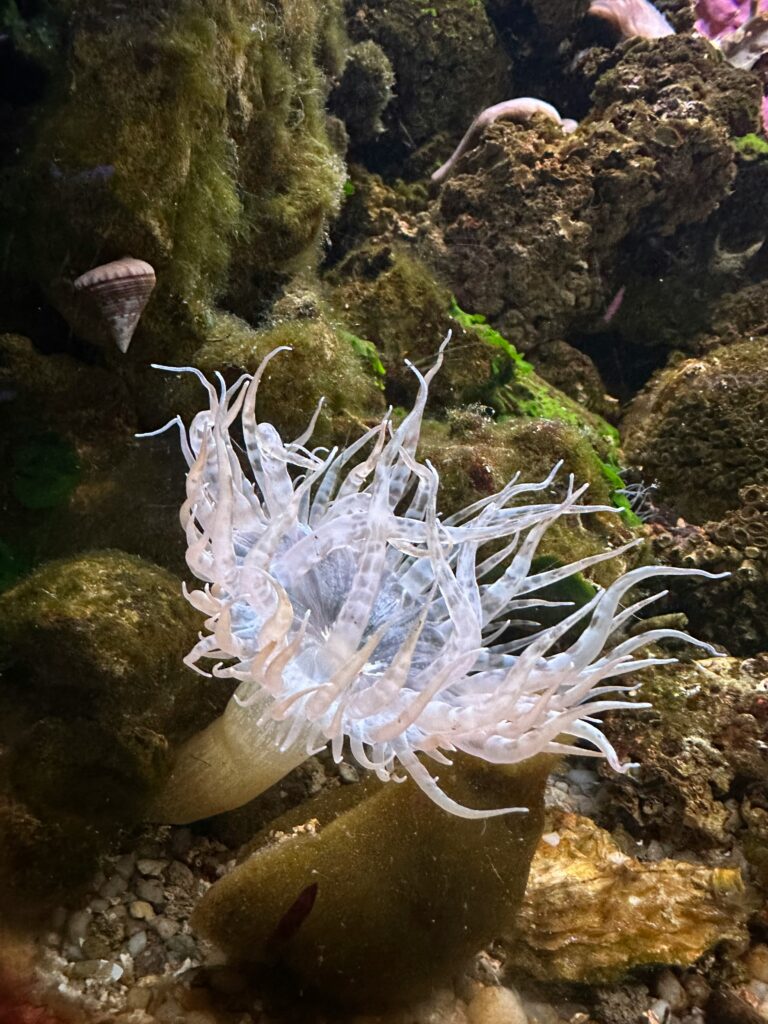
Biodiversity of Coral Ecosystems
California's coral reefs are teeming with life, hosting an incredible array of marine species. You'll find a vibrant ecosystem where diverse creatures coexist, from tiny coral polyps to large predatory fish.
Marine Species Diversity
When you explore California's coral reefs, you'll encounter a stunning variety of marine life. Coral reefs harbor more biodiversity than any other marine environment. You'll spot colorful fish darting between coral branches and octopuses camouflaging themselves among the rocks.
In these underwater gardens, you might see:
- Bright orange garibaldi fish
- Spiny lobsters
- Sea urchins
- Moray eels
- Various species of sea stars
The reefs are also home to numerous invertebrates like nudibranchs, sponges, and anemones. Each creature plays a vital role in maintaining the delicate balance of the ecosystem.
Endemic and Migratory Species
California's coral reefs host both unique local species and visitors from afar. You might spot endemic species that are found nowhere else in the world, adapted specifically to these waters.
Some endemic species you could encounter include:
- Channel Islands brittlestar
- Black abalone
- Bright red gorgonian corals
Migratory species also visit these reefs. You might be lucky enough to see gray whales passing by during their annual migration or witness sea turtles stopping for a rest. These reefs serve as important feeding and breeding grounds for many species, supporting fishing economies and contributing to the overall health of the ocean ecosystem.
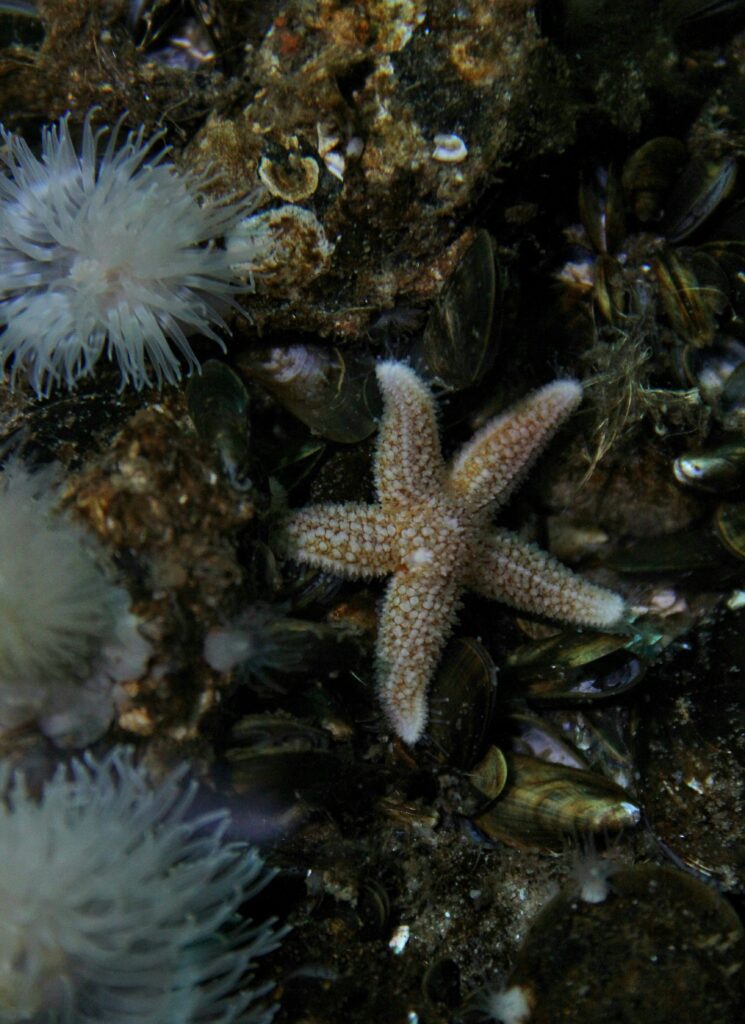
Conservation Challenges
California's coral reefs face significant threats that put their survival at risk. Your efforts to protect these fragile ecosystems are crucial as they grapple with warming waters and human activities.
Impact of Climate Change
Climate change poses a severe threat to California's coral reefs. As ocean temperatures rise, you'll notice more frequent coral bleaching events. This occurs when corals expel their colorful algae, leaving them vulnerable and white.
Acidification is another concern you should be aware of. As the ocean absorbs more CO2, it becomes more acidic, making it harder for corals to build their skeletons. This weakens the entire reef structure.
Sea level rise also affects these delicate ecosystems. As waters rise, deeper corals may receive less sunlight, impacting their growth and survival.
Overfishing and Habitat Destruction
Your local coral reefs are also at risk from human activities. Overfishing disrupts the delicate balance of reef ecosystems. When you remove too many herbivorous fish, algae can overgrow and smother corals.
Destructive fishing practices, like bottom trawling, can directly damage reef structures. You might not realize it, but even recreational activities can harm reefs if you're not careful.
Coastal development and pollution are other challenges you should consider. Runoff from land can bring sediments and pollutants that harm coral health. Marine protected areas can help, but they need your support to be effective.
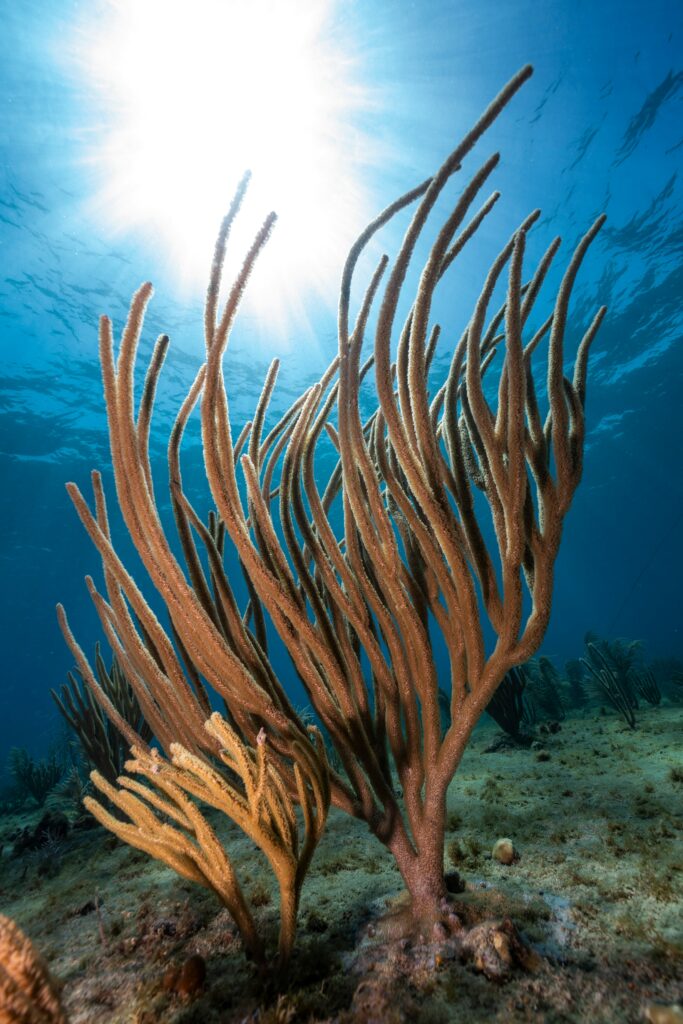
Marine Protected Areas in Action
California's Marine Protected Areas (MPAs) play a crucial role in safeguarding marine ecosystems and enhancing biodiversity. These protected zones have shown remarkable success in restoring fish populations and preserving delicate coral habitats.
The Role of Marine Reserves
Marine reserves act as safe havens for marine life, allowing ecosystems to flourish undisturbed. In California, 124 Marine Protected Areas form a network stretching from the Oregon border to Mexico. These areas provide refuge for various species, including fish, invertebrates, and marine mammals.
Within these protected zones, you'll find restrictions on fishing and other activities that could harm marine life. This approach helps maintain ecological balance and promotes the recovery of depleted fish stocks. By protecting key habitats, MPAs also support the growth of coral reefs, which are vital for the health of marine ecosystems.
Success Stories
The effectiveness of Marine Protected Areas is evident in several success stories along California's coast. One notable example is the Channel Islands Marine Protected Areas, where fish populations have shown significant increases since protection measures were implemented.
In these protected waters, you'll find:
- Larger and more abundant fish
- Increased biodiversity
- Healthier coral reef systems
These successes provide hope for reefs and marine life throughout California's coastal waters. The positive outcomes observed in MPAs demonstrate the potential for similar conservation efforts to benefit marine ecosystems worldwide.
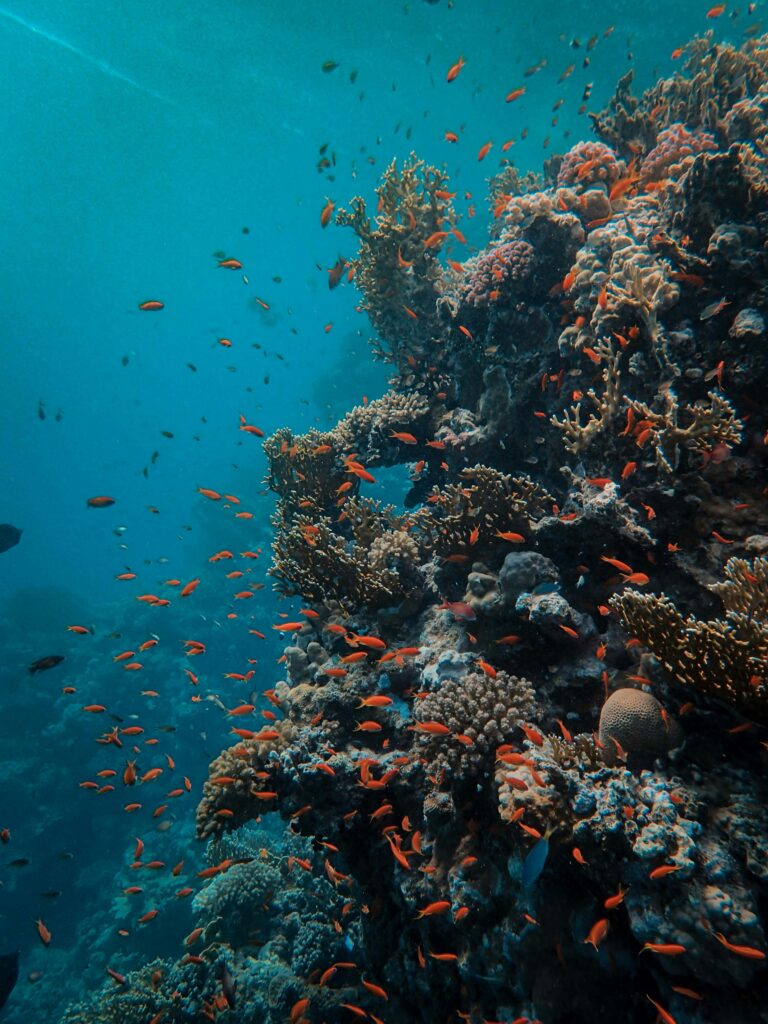
Effects of Ocean Acidification
Ocean acidification poses a significant threat to California's coral reefs. As the oceans absorb more carbon dioxide, their pH levels decrease, making the water more acidic.
This increased acidity makes it harder for corals to build their skeletons. You might be surprised to learn that coral growth becomes increasingly difficult as acid concentrations rise and water pH decreases.
Did you know that California's ocean waters have naturally low pH levels? This makes the region's coral reefs particularly vulnerable. The waters off the California coast serve as a natural laboratory for studying ocean acidification's effects on cold-water coral reefs.
Ocean acidification doesn't just affect corals. It impacts various marine organisms that rely on calcium carbonate to build their shells and structures. This includes:
- Clams
- Oysters
- Sea urchins
- Some types of plankton
The effects of acidification can be far-reaching. As coral reefs struggle to grow and maintain their structures, they provide less habitat for marine life. This can lead to a decline in biodiversity and affect the entire ecosystem.
Research suggests that even a 20% increase in current carbon dioxide levels could significantly reduce corals' ability to build skeletons. Some species might even become functionally extinct within just two decades!
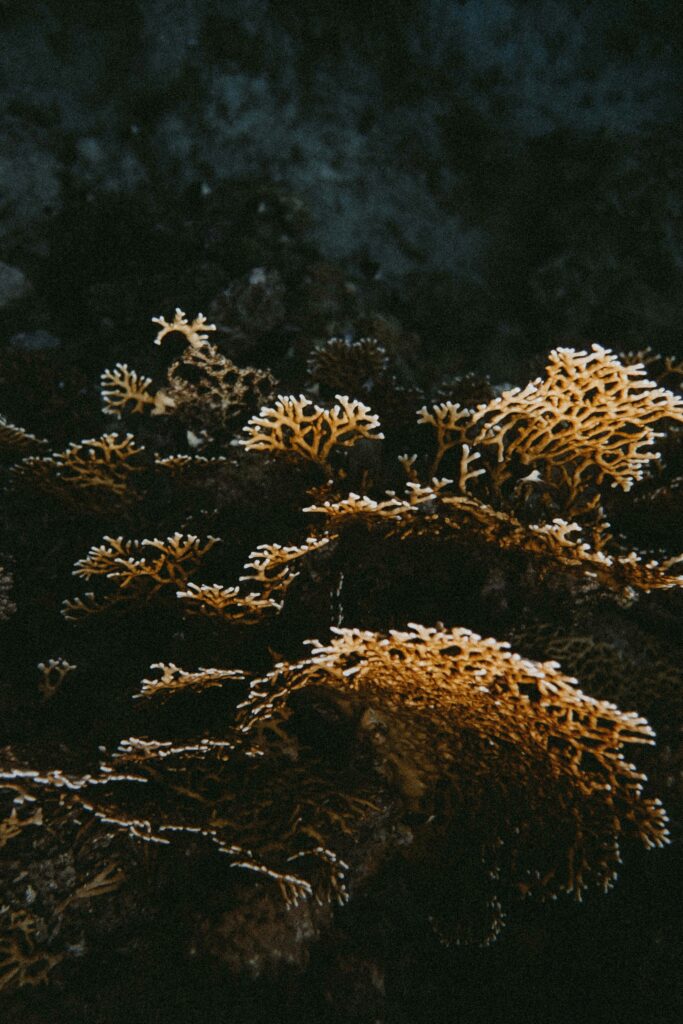
Ecotourism and Community Engagement
Coral reefs in California offer unique opportunities for responsible tourism and educational programs. You can explore these underwater worlds while contributing to their preservation and learning about marine ecosystems.
Responsible Tourism Practices
When you visit California's coral reefs, you can participate in eco-friendly diving and snorkeling experiences. Tour operators often follow strict guidelines to minimize environmental impact. You'll be briefed on proper reef etiquette, such as not touching or stepping on corals.
Many resorts and dive centers use sustainable practices:
- Solar-powered facilities
- Water conservation measures
- Reef-safe sunscreen promotion
By choosing these operators, you support local economies while protecting fragile ecosystems. Some tours even allow you to participate in reef monitoring or cleanup activities, giving you a hands-on role in conservation.
Educational and Outreach Programs
You can deepen your understanding of coral reefs through various educational initiatives. The California Academy of Sciences offers interactive exhibits and workshops where you can learn about reef ecosystems and conservation efforts.
Many coastal communities host:
- Marine biology talks
- Guided tide pool walks
- Virtual reality reef experiences
These programs aim to foster a connection between you and the ocean environment. You might even join citizen science projects, collecting data that helps researchers monitor reef health.
For a more immersive experience, you can volunteer with local conservation groups. These opportunities allow you to contribute directly to reef restoration efforts while gaining valuable knowledge about marine ecosystems.
Scientific Research and Innovations
Exciting breakthroughs are happening in coral reef research right here in California. Scientists are exploring deep reefs and developing cutting-edge tools to monitor these precious ecosystems. Let's dive into some of the fascinating work being done to understand and protect our state's underwater treasures.
Studying Mesophotic Reefs
Did you know there are coral reefs hidden in California's deeper waters? These mesophotic reefs exist in the “twilight zone” 100-500 feet below the surface. They're a mystery waiting to be unraveled!
Scientists from the California Academy of Sciences are leading the charge in exploring these deep reefs. Their discoveries are shedding light on unique species and ecosystems we never knew existed.
You might be surprised to learn that these deep reefs could serve as refuges for shallow water species threatened by warming oceans. This research is crucial for understanding how coral reefs might adapt to climate change.
Technological Advancements in Monitoring
Keeping tabs on coral health is getting a high-tech upgrade in California. Researchers are developing innovative tools to monitor reefs more effectively than ever before.
Electronic monitoring systems now allow scientists to collect data 24/7. These devices can measure water temperature, acidity, and even capture images of reef inhabitants. It's like having a constant underwater research team!
You can even get involved in reef monitoring yourself. Citizen science projects use smartphone apps to let divers and snorkelers report their reef observations. Your next beach trip could contribute to coral research!
These advancements are helping scientists track changes in California's reefs over time. This data is invaluable for developing strategies to protect these vital ecosystems.
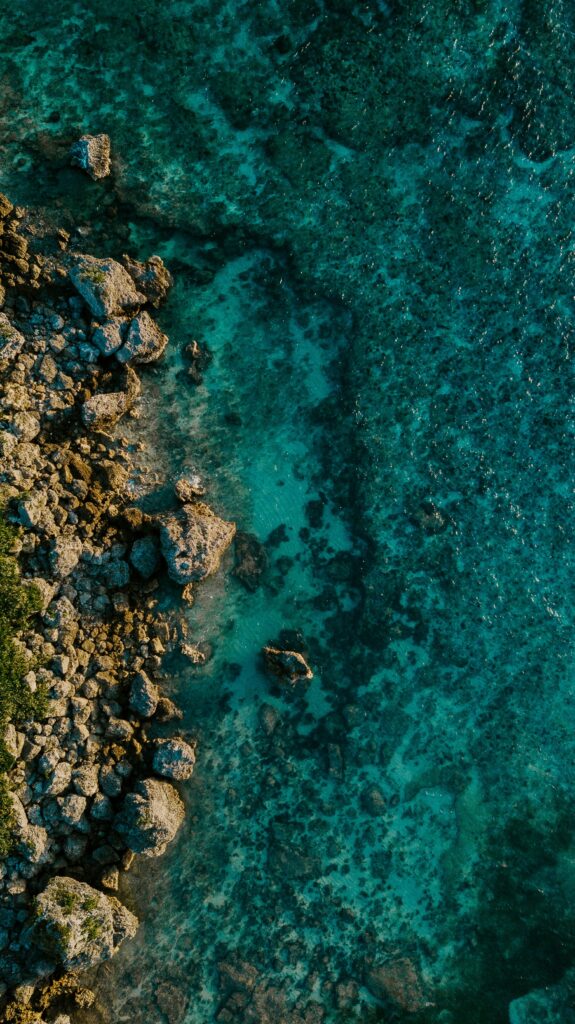
Future Prospects for Coral Reefs
Coral reefs face significant challenges, but innovative initiatives and sustainability efforts offer hope for their future. You'll be excited to learn about cutting-edge research and conservation techniques being developed to protect these vital ecosystems.
The Hope for Reefs Initiative
The Hope for Reefs initiative, launched in 2016, aims to explore, explain, and sustain coral reef systems worldwide. You'll be amazed by their groundbreaking research in coral reef biology and development of new conservation solutions.
Scientists are making remarkable discoveries, including the first exploration of “twilight zone” reefs 100-500 feet below the ocean's surface. These deeper reefs may hold clues to reef resilience in the face of climate change.
The initiative has also established the first aquarium-based coral spawning laboratory in the US. This breakthrough allows researchers to study coral reproduction and develop innovative restoration techniques.
Sustainability and Coral Reef Futures
As you consider the future of coral reefs, it's crucial to understand the challenges they face. Climate change and ocean acidification pose significant threats to these delicate ecosystems.
Scientists project that ongoing warming and acidification could lead to rapid, dramatic losses of coral reefs globally. However, conservation efforts and research provide hope for their survival.
You can support coral reef sustainability by:
- Reducing your carbon footprint
- Using reef-safe sunscreens
- Supporting marine protected areas
- Educating others about coral reef importance
By combining scientific breakthroughs with sustainable practices, you can help ensure a brighter future for these incredible underwater ecosystems.
Exploring California's Coral Reefs
California's coral reefs offer unique underwater experiences for ocean enthusiasts. You can discover vibrant marine life and fascinating coral formations in the state's coastal waters.
Snorkeler and Diver Experiences
As a snorkeler or diver, you'll encounter California's hidden coral reefs in unexpected places. These reefs thrive in colder, deeper waters unlike their tropical counterparts.
You'll find colorful fish darting between coral structures and may spot larger marine animals like sea lions or rays. The visibility can vary, so it's best to check conditions before your dive.
Remember to respect the delicate ecosystem. Avoid touching or stepping on coral, as it's easily damaged. Bring an underwater camera to capture memories without disturbing the environment.
Guided Tours and Videos
If you're not ready to take the plunge yourself, guided tours and videos offer excellent alternatives. Many coastal aquariums provide virtual reef experiences.
The California Academy of Sciences offers an immersive “Expedition Reef” exhibit. You can explore a digital reef rendering with stunning scientific accuracy.
Online videos from marine research institutes let you witness coral spawning and reef restoration efforts. These resources help you appreciate California's coral reefs from the comfort of your home.

